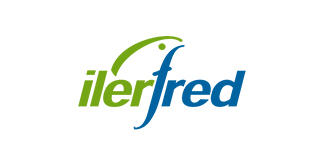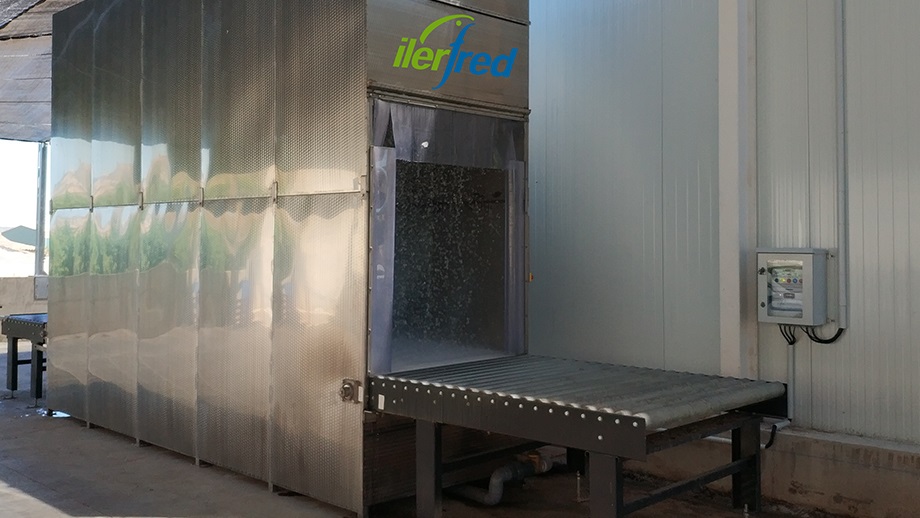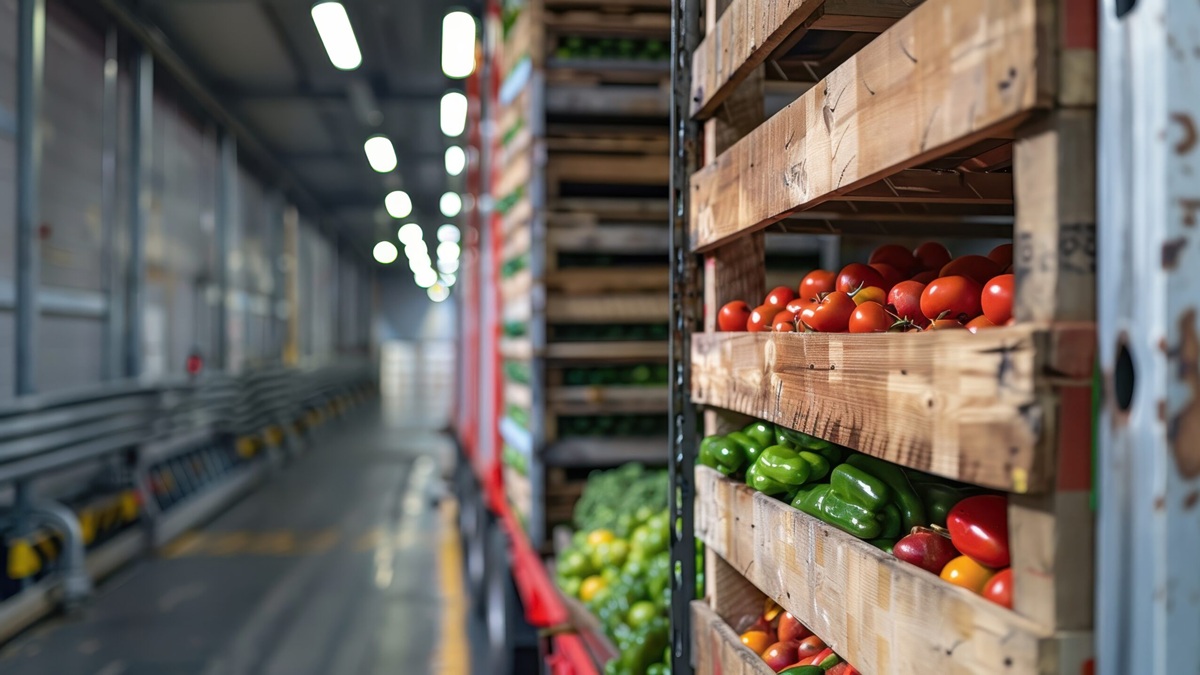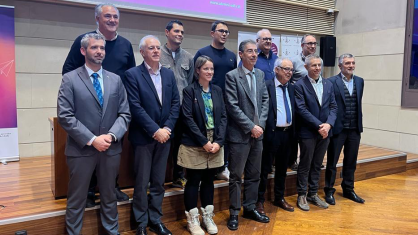

Ilerfred
Cooling and CA
Hydrocooling, The Ultimate Solution for Rapid and Efficient Cooling of Fruits and Vegetables
Using water as a cooling medium, Hydrocooling rapidly lowers the temperature of fruits and vegetables, enhancing freshness and shelf life with customizable, high-capacity options tailored for diverse cooling needs

The term "Hydrocooling" refers to various cooling systems in which water acts as the medium to transfer heat from the surface of the product to a cooling unit.
In these systems, cold water flows quickly and evenly across the surface of the produce, causing its surface temperature to drop almost instantly to that of the cold water in a short period of time. By applying streams of cold water, either through gravity or forced convection, the heat generated inside the product is dissipated as quickly as it reaches the surface.
Depending on the cooling capacity required, Ilerfred (Industrial Leridana del Frío SLU) offers two types of Hydrocooling: static and dynamic (also known as continuous).
Static Hydrocooling is ideal for cooling capacities below 2,500 kg per hour, providing efficient performance for smaller operations. On the other hand, dynamic or continuous Hydrocooling covers higher needs, starting at 2,500 kg per hour and adapting to the specific demands of each operation.
Both systems are fully constructed from AISI 304 stainless steel, including the main structure and internal components, ensuring durability and resistance. In the dynamic Hydrocooling system, the conveyor belt is made of high-density plastic, optimized to withstand the conditions of the process. This equipment includes all elements and automation necessary for operation, allowing the product to move through the tunnel at a controlled speed adjustable by the user, according to the desired final temperature.
The product’s passage speed through the tunnel can be set between 5 and 20 minutes, depending on the required degree of cooling. Additionally, the product’s exit temperature can be regulated to as low as +4°C, ensuring optimal cooling in a short time.










